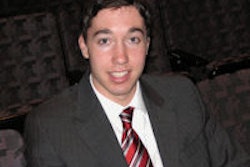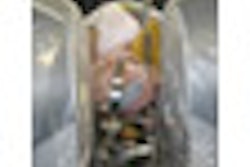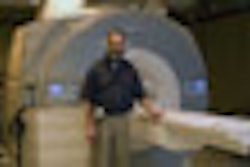Dry needling involves the use of an ultrasound-guided needle to puncture the plantar fascia repeatedly and induce bleeding, which is believed to induce blood vessels into the area to heal the affected tissue.
Presenter Catriona Heaver, of Royal Shrewsbury Hospital in Shrewsbury, will discuss how researchers used dry needling followed by the injection of a perifascial steroid in 55 feet in 46 patients suffering from plantar fasciitis. All patients had received previous treatment with other methods, without relief.
The researchers asked patients to record their pain scores before the procedure, ranging from 0 (no pain) to 10 (worst pain possible). Pain scores were acquired again two weeks and six weeks after dry needling was applied.
After two weeks, 80% of the feet had excellent or good pain relief, while at six weeks, 74% of feet had excellent or good pain relief. Repeat procedures were performed on 11 of 13 feet for patients who reported poor response to the initial procedure.
At long-term follow-up (an average of seven months after the initial procedure), the researchers reported that 55% of patients had excellent or good results. If symptoms recurred, the researchers found that dry needling produced an average duration of pain relief of three months.



















